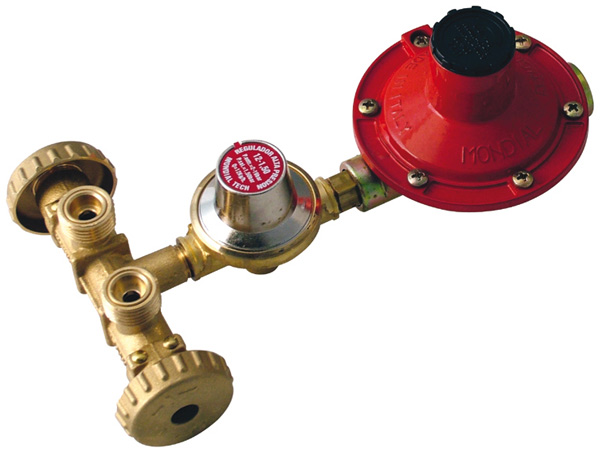Pressure management in mini control units
The mini control units control pressure from upstream to downstream of the components so as to ensure correct operation

LPG systems are now used on a great number of ‘green’ cars, as they fuel the engine throughout journeys, reducing CO2 emissions and other gases generated from combustion of petrol.
In order to manage the LPG system, a number of primary and secondary components are used, designed to manage the system of LPG delivery from the tank, where the gas is stored at pressures much higher than that of the ambient (normally around 12 bar, but this also depends on the type of system used), to the injectors specially designed for this type of system.
In order to ensure correct operation of an LPG system, one component of primary importance is undoubtedly the mini control unit. This has the task of managing the pressure of the gas sent from the tank and to ensure that it flows according to the correct operating parameters through to the injectors. The system enables direct pressure control, normally via a Bourdon pressure gauge. In this way the mini control unit can detect any faults in the circuit, indicated by a drop in pressure that can be read on the mini control unit pressure gauge.
In certain cases however, there are no pressure gauges on the mini control unit, thus preventing the possibility of direct control of the through-pressure value. Nonetheless there are valves with the specific aim of keeping pressure within set parameters to ensure correct system operation.
In order to manage the LPG system, a number of primary and secondary components are used, designed to manage the system of LPG delivery from the tank, where the gas is stored at pressures much higher than that of the ambient (normally around 12 bar, but this also depends on the type of system used), to the injectors specially designed for this type of system.
In order to ensure correct operation of an LPG system, one component of primary importance is undoubtedly the mini control unit. This has the task of managing the pressure of the gas sent from the tank and to ensure that it flows according to the correct operating parameters through to the injectors. The system enables direct pressure control, normally via a Bourdon pressure gauge. In this way the mini control unit can detect any faults in the circuit, indicated by a drop in pressure that can be read on the mini control unit pressure gauge.
In certain cases however, there are no pressure gauges on the mini control unit, thus preventing the possibility of direct control of the through-pressure value. Nonetheless there are valves with the specific aim of keeping pressure within set parameters to ensure correct system operation.
06/11/2013
I contenuti di questo sito non hanno carattere di periodicità e non rappresentano 'prodotto editoriale'.








